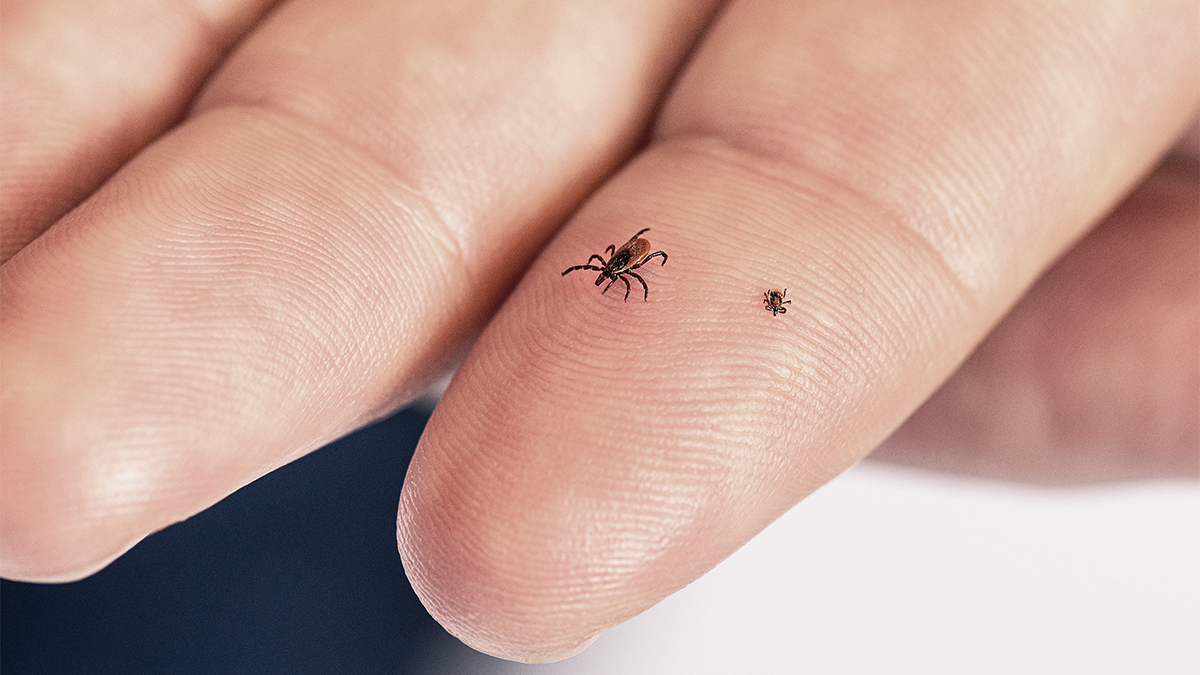Key points
- Babesiosis can be spread through the bite of the blacklegged or deer tick that is carrying the parasite.
- Ticks are found outdoors in wooded, brushy, or grassy areas.
- In the U.S., babesiosis most commonly occurs in the Northeast and Midwest, often spread by young ticks during warmer months.

How it spreads
Babesia microti parasite spreads through bites from the Ixodes scapularis tick, also known as blacklegged or deer tick. Most people get infected from tick bites during outdoor activities in areas known for babesiosis. Babesia parasites do not spread from person-to-person like the flu or the common cold.
Other less common ways of getting babesiosis include:
- Getting a blood transfusion that has the Babesia microti parasite in it.
- Very rarely, if a mother is infected, she can pass it to her baby during pregnancy or when the baby is born.
Blacklegged or deer ticks are most active as nymphs, a young stage of their life. They are usually out in the warmer months, like spring and summer, in places with woods, bushes, or tall grass. The nymphs are tiny, about the size of a poppy seed, so it is easy to miss them or their bite.

In the United States, spending time outdoors in certain areas can expose you to babesiosis. These areas include:
- New England (Connecticut, Maine, Massachusetts, New Hampshire, Rhode Island, and Vermont)
- New York
- New Jersey
- Wisconsin
- Minnesota
In the Northeast, the infected ticks are in inland and coastal areas, and on islands like Nantucket and Martha's Vineyard in Massachusetts, Block Island in Rhode Island, and Shelter Island, Fire Island, and eastern Long Island in New York state. Babesiosis has also occurred in several neighboring states with important deer populations.
